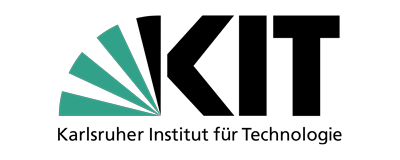

Since the winter semester 2023/24, there has been an ongoing collaboration between the Faculty of Economics, Institute for Operations Research (IOR), Discrete Optimisation and Logistics (Prof. Dr Stefan Nickel), and the Region of Lifesavers association to supervise student research projects within the Master's programme.
Julian Ganter, Alexander Ruf, Julian Oppermann, Joschka Feilhauer, Thomas Brucklacher, Hans-Jörg Busch, Michael Patrick Müller: Automatic measurement of departing times in smartphone alerting systems: A pilot study. Resuscitation Plus 2024; 17:100510
Objective
Smartphone alert systems (SAS) notify volunteers in close proximity when an out-of-hospital cardiac arrest is suspected. Some systems use sophisticated algorithms to select those first responders most likely to arrive first. Accurate estimation of departure and travel times can help improve these algorithms further. For this research, a GPS-based method was developed to automatically measure departure times. The aim of this pilot study was to assess the feasibility and accuracy of this method.
The study used the Region of Lifesavers alert app (iOS/Android, version 3.0, FirstAED ApS, Denmark). Twenty-seven experiments were conducted with nine students who were instructed to remain at home during the study days. For each alert, a geofence with a radius of 10 m (8 cases), 15 m (10 cases), or 20 m (9 cases) was set around the GPS position at which the alert was accepted in the app. The system registered participants as having departed once their smartphone moved outside the geofence. Students were instructed to manually start a stopwatch at the moment of the alert and stop it when they stepped onto the street outside their home.
The median difference between automatically and manually recorded times was –16 seconds [interquartile range (IQR) 50 seconds] for the 10 m geofence, 30 seconds [IQR 25 seconds] for the 15 m geofence, and 20 seconds [IQR 13 seconds] for the 20 m geofence. The 20 m geofence showed the smallest interquartile range.
Departure times of volunteer responders in SAS can be automatically determined using GPS and a geofence.